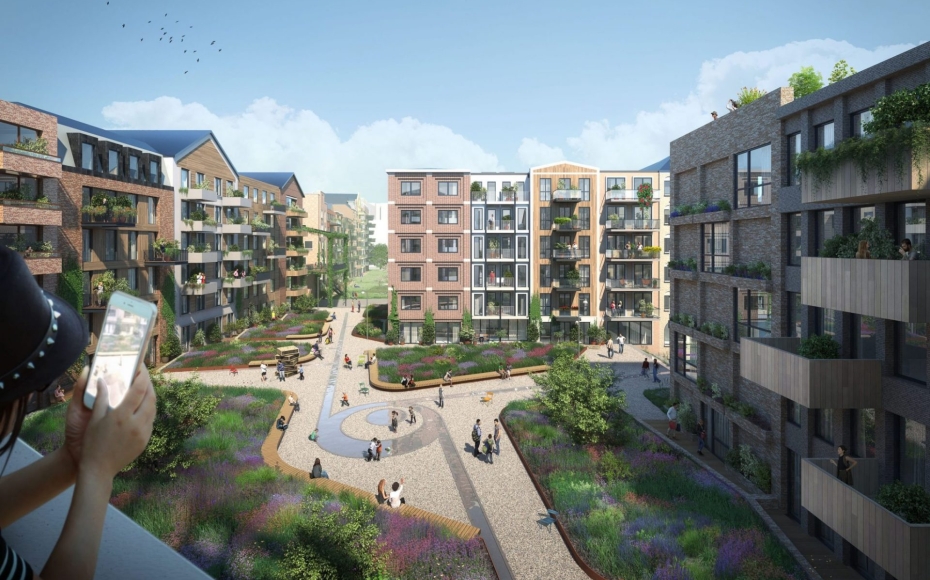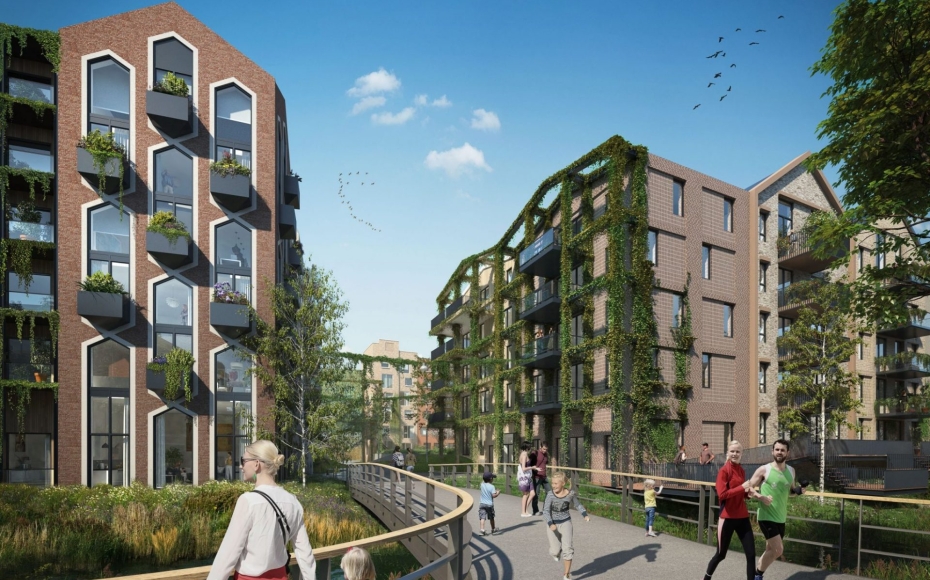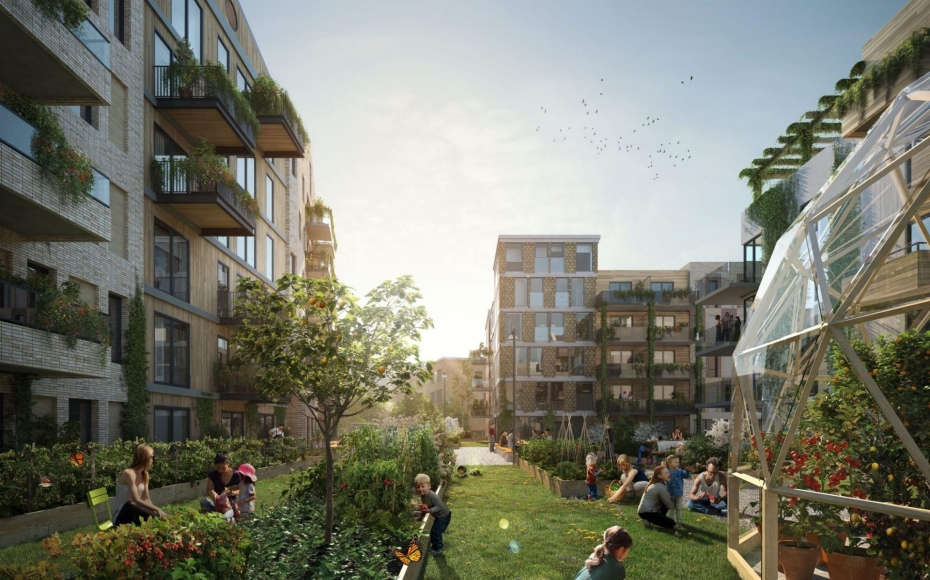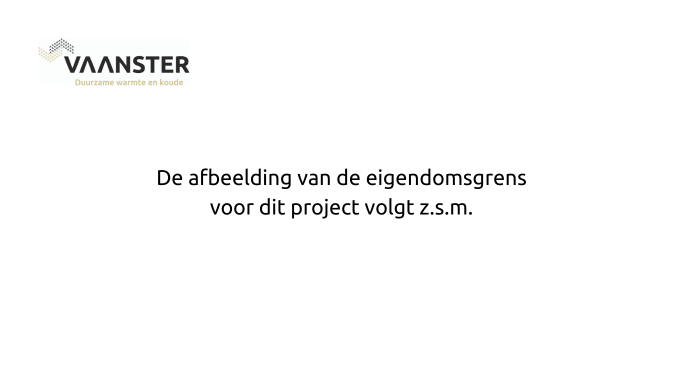Diemen, Holland park west
-
Status Under development
-
System typeWKO/EQw
-
Number of residences716
- Hybrid WKO (ATES) - EQw system
- Area development with apartments and commercial spaces
- EPC houses = 0,0
Congratulations on your new home.
Here you will find specific information on Holland Park West in Diemen.
Vaanster wishes you lots of living pleasure!




